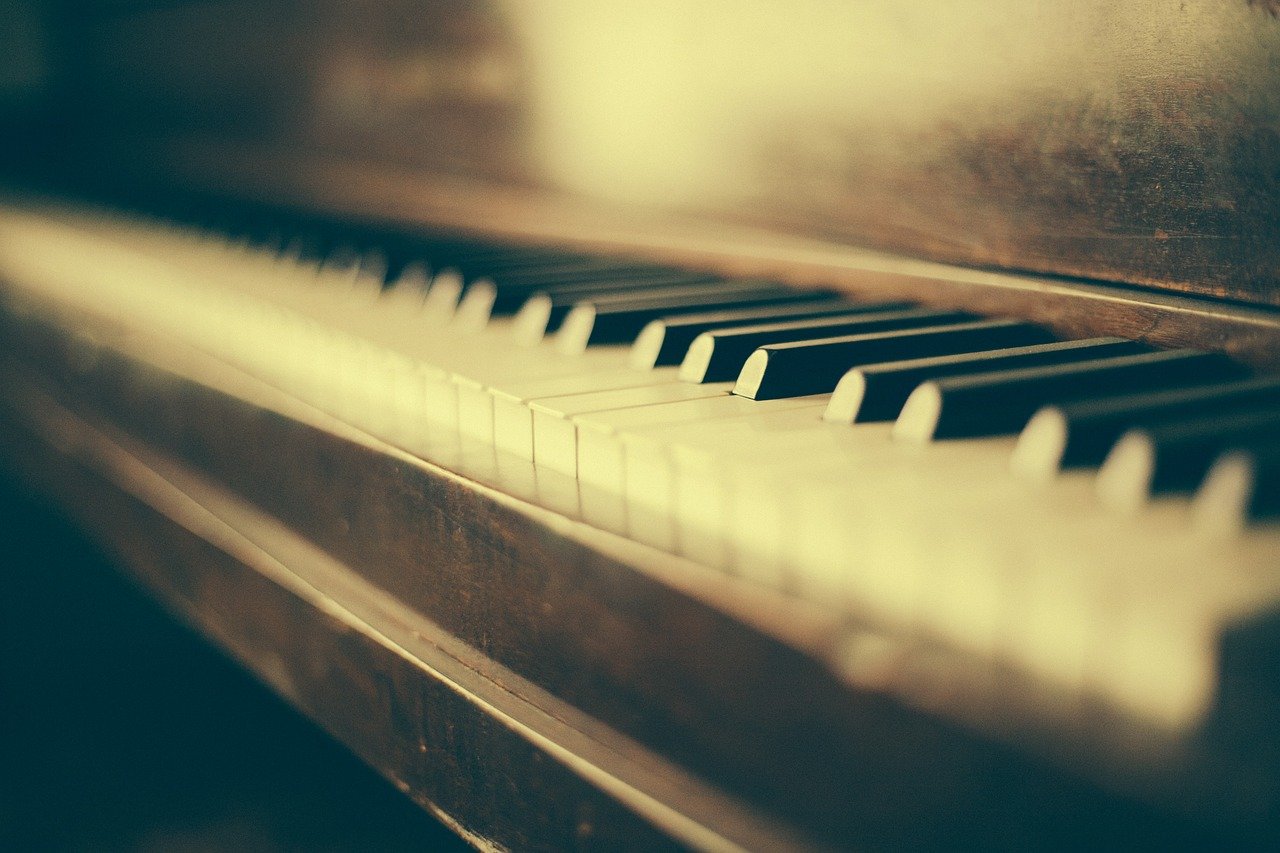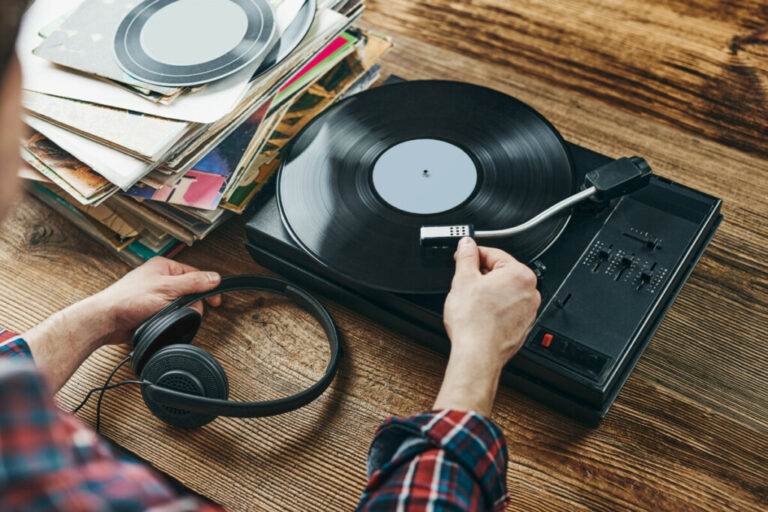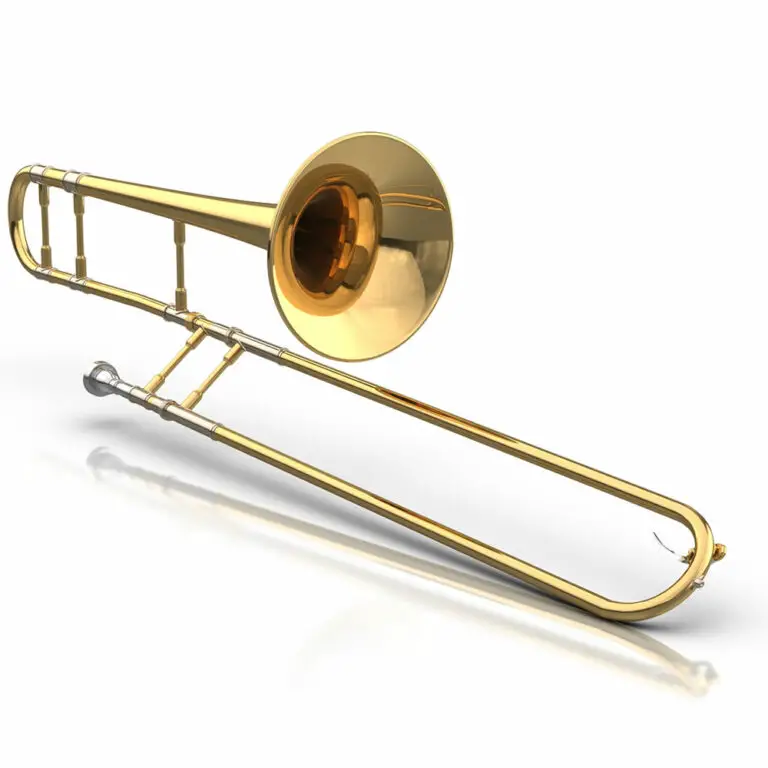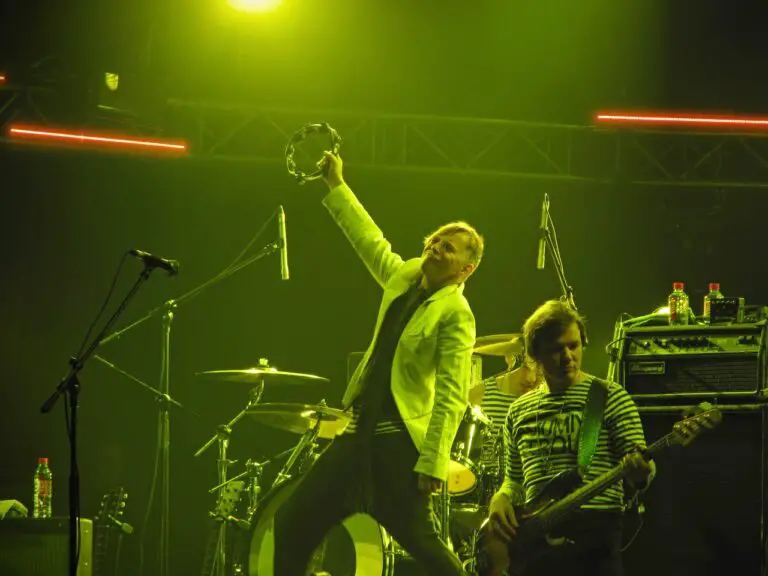The Seven Elements of Music: A Complete Guide for Musicians
Music is an irreplaceable form of expression and ent1ertainment. But it’s also complicated. So whenever we get an opportunity to explain the elements of music as candidly as possible, we take that opportunity. No music degree is required here.
The seven elements of music include: rhythm, melody, harmony, timbre, texture, form, and dynamics.
Knowing what these give us a better understanding of music than the average person. The best part is that they take mere minutes to wrap your head around.
What Are The Seven Elements Of Music?
Rhythm
The most straightforward element of music, rhythm, is what you get when you tap your finger out of boredom. No pitch is required. Rhythm is merely the “patterned recurrence of a beat” (all definitions courtesy of Dictionary.Com).
People often use beat and rhythm interchangeably, but beat is a component of rhythm along with tempo and meter.
Beat refers to the individual “heartbeats” of a song, and BPM (beats per minute) tells you how quickly or slowly the piece moves. BPM is a measurement of tempo or the overall speed of the music. A song at 60 bpm sounds relaxing, while a song at 180 bpm sounds energetic. Tempo has a profound impact on music feel.
Meter is the arrangement of beats in a song (or the pattern). Things like duplets, triplets, and quadruples are aspects of the meter. Additionally, the meter forms a song’s time signature, which you’ll see indicated by fractions like 4/4, 3/4, and 6/8. The top number is the number of beats per measure, while the bottom note suggests the type of beat used (quarter note, eighth note).
Tempo
Tempo refers to the speed of a track, which can be fast, moderate, or slow. It can be further classified into Largo, Moderato, and Presto. Tempo also indicates the emphasis that you must give to different parts of a musical composition.
For instance, some musical pieces begin with a slow pace (slower tempo) but then reach a moderate pace. Ultimately, it moves on to the Presto pace in the later parts, eventually ending on a slow tempo again. This is a standard setting in many musical compositions.
You can set the tempo of a musical piece with the help of a metronome – a device that records and clocks different BPMs by clicking at a certain speed.
Metronomes come in several forms. If you do not want to buy an analog metronome, you can even download a metronome app on your phone for free.
Measures
Measures are rhythmic groupings that break down musical phrases into smaller segments. There is no restriction as to the number of beats that can be present in a measure. However, typically measures contain two, three, or four beats per measure.
A measure that contains two beats is referred to as a duple meter, a three beats measure is called a triple meter, and a four beats measure is called a quadruple measure.
Here is a video with more details:
Melody
A melody is a “coherent succession of pitches.”
A melody is made up of musical notes (individual patterns) that are part of a scale. A scale is simply a combination of musical notes that are used to create melodies. For instance, the C Major scale would have the notes C, D, E, F, G, A, and B. When played in specific orders that sound good to the ears would constitute a melody.
Furthermore, melodies can have two types of motions. These are:
Stepwise motion: The notes in a song go lower or higher in a scale by a single step. Such pieces sound more stable and are much easier to compose.
Leap Motion: A melody can go several notes higher or lower on a scale in leap motion. Of course, strictly speaking, the musical notes in a song would never go out of the scale. However, the musical notes can follow any given order. That is where creativity lies.
Melody ties with rhythm as “the first thing most people think of.” While melody can only move up or down, this basic movement accompanied by rhythm allows countless musical possibilities. All of this is thanks to pitches and notes.
Pitch is the frequency of sound. Higher pitches have a higher hertz while lower pitches have, well, you know, the opposite. The change in pitch defines the melody. Because pitch has endless variations within the audible frequency range, it grants melody its flexibility.
Here’s a video with more information on the pitch:
Notes are pre-defined pitch units. For example, middle C on the piano has a pitch around 261.63 hertz. Before technology like frequency meters and electronic tuners, humans defined notes by the constant space between half steps.
Harmony
When someone points to a duet and says, “those two harmonize well,” it means they sound good together. Harmony is just that: how different notes sound simultaneously. While you technically don’t need harmony to make music, it allows you to form chords.
Chords define harmony. They open up music beyond twelve notes into a realm of major, minor, augmented, seventh, and many more types of chords. Because of harmony, music is infinitely more complex than melody and rhythm alone.
Bluntly put, melody conveys sound. Harmony gives mood by combining these sounds.
Timbre
Timbre (or tone color) is “the characteristic quality of a sound, independent of pitch and loudness.” In other words, timbre is why a C sounds different on guitar than on a piano.
Timbre depends on the following factors:
Material
Vocal cords, metal, wood, plastic, and skin of animals would all have a unique sound. Similarly, the hollowness and size of the material/object would also determine the overall timbre.
Attack and Articulation
Attack and articulation determine the beginning of a note. For instance, a guitar string, when plucked, has a hard attack. In comparison, if you were to press a piano key softly, the attack would be soft. When you produce a note with a musical instrument (or even with your vocal cords), the attack determines how the note will sound.
Sustained Pitch
After the attack, the musical note could either be sustained, have a vibrato, or slowly fade away. For instance, a guitar string when plugged would have a hard attack. However, the sound would slowly fade away. In comparison, a singer could sustain a pitch for longer.
The Importance of Tone in Timbre
First, the tone is a critical part of timbre. It functions much like the human voice in that two different instruments rarely sound identical. Using an acoustic guitar as an example, variations in string thickness, body material, and chamber shape affect tone in myriad ways. With the human voice, things like vocal cord shape and age affect tone.
In addition to tone, timbre includes vibrato and sound intensity. So when you hear words like warm, bright, crisp, and round to describe how something sounds, timbre (tone color) is what they represent.
Here is a video with more information on Timbre:
Texture
Texture, like harmony, involves other elements interacting. With texture, it’s not just about melody. It can get complex. Fortunately, music theorists have made it easy by breaking it down into four terms.
Monophony is the first one. As the prefix indicates, monophony is a single line of music. During monophony, no instrumental accompaniment (except when others play the same line of music simultaneously) is present to emphasize the role of a specific instrument or voice. Think unaccompanied drum solos and arias.
Heterophony is a step beyond monophony. While a single line of music is the focus, slight variations of that line create heterophony. This usage is pretty common in vocal performances when one singer deviates (y’know, intentionally) from what the other singer/singers are doing to add subtle harmony.
Polyphony is two or more lines of music playing independently. Orchestras are a great example of this in action, as no voice dominates with polyphony. The interaction instead makes the music of complex lines.
Finally, homophony is when other voices support a melody. Like with polyphony, there are multiple lines of music. However, homophony emphasizes a specific line while the others help it with chords and rhythm. Playing the piano is an excellent example of this. The left hand plays the bass and keeps the pace while the right hand plays the melody.
Here’s a video describing these from another perspective:
Dynamics
Dynamics is volume. You’ll usually see letters like “f” and “pp” when reading sheet music. These letters are abbreviations informing the musician how to play. They tell you how loud or soft to play, or in some cases, to increase or decrease volume.
Typically, in music theory, Italian words are used to describe the dynamics of music. These include:
- Fortissimo (ff) – very loud
- Forte (f) – loud
- Mezzo Forte (mf) – medium loud
- Mezzo Piano (mp) – medium soft
- Piano (p) – soft
- Pianissimo (pp) – very soft
- Crescendo (cresc) – gradually loudening
- Diminuendo (dim) – gradually softening
Because they deal with changes in volume, dynamics are a powerful suspense tool. Dynamics make songs like A “Day in the Life” by The Beatles and “Stairway to Heaven” by Led Zeppelin so iconic.
Form
You may remember annotating poems in high school English. If you do, you probably remember noting rhyme schemes like ABAB, ABCABC, etc. These schemes are form, and they apply to music in the same way as poetry. With music, form usually applies to melodic patterns and chord progressions. There are a few common “shapes.”
Binary form is when something plays once. It’s abbreviated as AB or AABB.
ABA represents ternary form. When combined into a compound ternary form, music begins to get interesting.
Sectional forms are the basis for most western songs. ABAB is the basis for most pop music, ABAC is often used for musical bridges, and AAB is the building block for twelve-bar blues.
As you can see, music is a pattern. Form allows us to follow along with songs, respond to them, and truly enjoy them.
Conclusion
Most agree that there are seven elements to music: rhythm, melody, harmony, timbre, texture, dynamics, and form. While music is complex, these things help us enormously in breaking it all down into something easily digestible.
Consequently, we musicians are incredibly thankful. Instead of blindly approaching a lot and trying to build an architectural marvel, the seven elements of music give us blueprints. With these blueprints, we have the tools we need to make a melodic masterpiece.
Related Questions
What is an octave in music?
An octave is a space between two notes of the same key. Specifically, an octave spans twelve half steps or semitones. However, an octave is named after the eight notes in a typical major or minor scale. Using the C major scale as an example, you’d count from the root note up to and including the next C. C=1, D=2, E=3, F=4, G=5, A=6, B=7, C again=8 (the octave).
How can the elements of music help me be a better musician?
You certainly don’t need to be able to list the seven elements of music on command. There are plenty of people who don’t know a lick about music theory who go on to become renowned musicians.
Still, understanding the elements either through taking a class or incorporating them into your music intuitively is hugely beneficial. You don’t need to know what homophony is to discover that music sounds better with chords, and you don’t need to know about the meter logistics to have rhythm.
What matters is that you incorporate the elements into your music. If you aren’t already doing so from experimentation, reading about the seven elements and combining them will improve your skills.
Do I need to read sheet music to be a good musician?
No! Reading sheet music is a valuable skill in many applications and essential when playing orchestras, but it’s far from a requirement.
Playing by ear, reading tablature, and watching YouTube videos are all viable ways to learn songs. Furthermore, creativity isn’t expressed through reading sheet music — it’s told through playing. If you want to record your compositions, tools such as your phone’s microphone, tablature notebooks, and inscription software let you.
None of this is to say you shouldn’t learn how to read sheet music. It’s the best way to play classical compositions and pick up the nuances of songs in a way that no other medium offers. Additionally, many recruiting bands and orchestras require this skill, and you don’t want to thwart any opportunities. But if you’re going to create brilliant songs, learning to play your chosen instrument (or instruments) as best as you can is the way to go.









